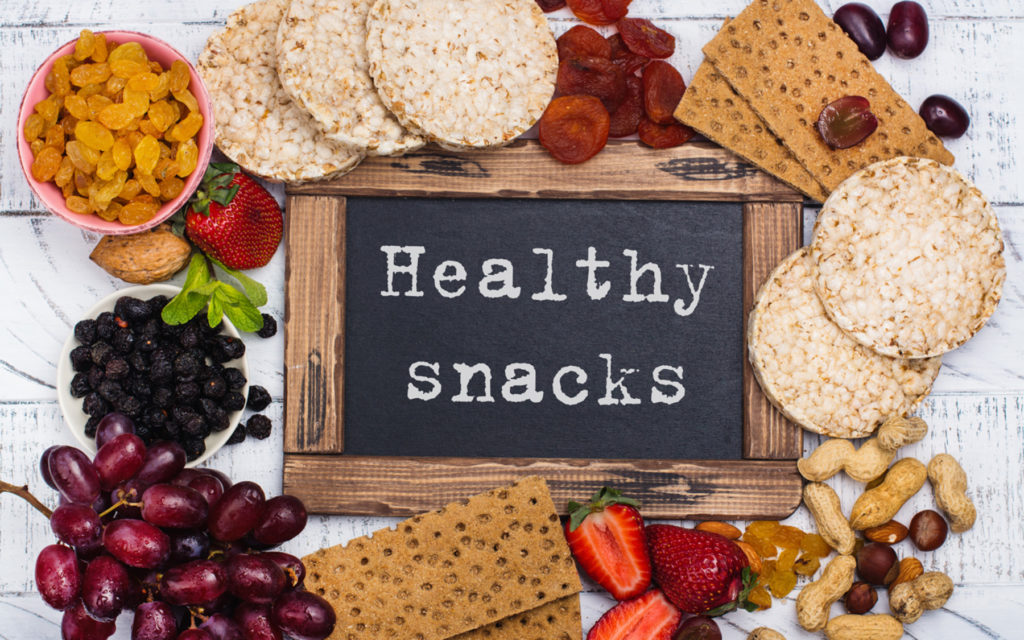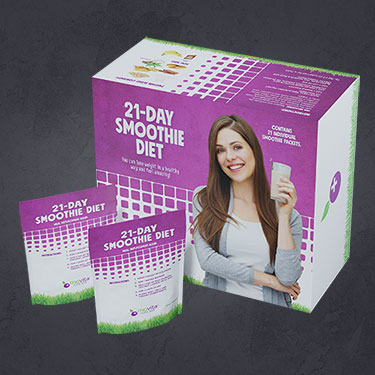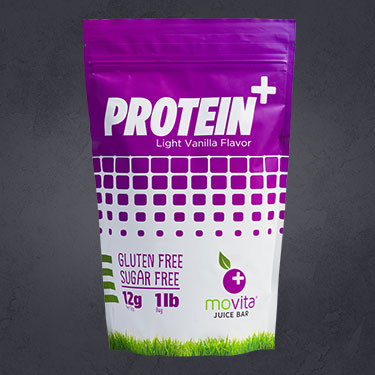
Did you know, the average American consumes only 17 grams of fiber per day, and only 5% of the population consumes the recommended amount of fiber on a regular basis.
Fiber is the part of plant foods that our body doesn’t completely digest. Consuming foods that are naturally high in fiber provides a wide range of important vitamins, minerals, and phytonutrients necessary for good digestion and overall health.
Fiber has a direct and positive impact on the digestive system. Consuming fiber helps promote good digestive health by increasing fecal bulk, increasing stool frequency, and reducing the amount of time it takes for food to be digested. Chronically low intakes of fiber can lead to bloating, constipation, or abdominal pain and discomfort.
Fiber also plays an important role in overall health. People who eat more fiber experience a lower risk of age-related diseases and disability, including high blood pressure, diabetes, depression and even cognitive problems. It has been discovered that people with the highest intake of fiber had an almost greater likelihood of living a long and healthy life.
Fiber provides these health benefits:
- Decreased risk of cardiovascular disease. Some types of fiber known as soluble fibers bind with bile acids in the small intestine, which makes the liver take more cholesterol out of the bloodstream.
- Decreases inflammation within the body, which decreases risk of some types of cancer and cardiovascular disease.
- Helps maintain healthy blood sugar levels.
- People with higher fiber intakes tend to weigh less than people with low fiber intakes, showing a potential role for fiber in weight loss.

Use these 5 tips to increase fiber intake
and help promote healthy aging:
1. Much of the fiber in fruits and vegetables is in the skin. Wash all fresh fruits and vegetables thoroughly before eating, and include the skin whenever possible such as in baked/mashed potatoes or raw apples, pears or cucumbers. Cooking does not reduce your food’s fiber content.
2. Eat whole fruits and vegetables instead of drinking juice unless you use a juicer that incorporates the entire food.
3. Choose whole grain breads, crackers and cereals that are made from the entire grain, including the outside husk that contains most of the fiber. Look for the word ‘whole’ in the first ingredient to be sure you’re purchasing a product that is made from 100% whole grains.
4. Add legumes to your meals several times per week. Choose chili made with pinto or kidney beans, enjoy lentil or split pea soup, toss chickpeas into salads, and incorporate any type of legume into favorite casserole recipes.
5. Drink 8-16 oz of water with meals. Fiber in the intestines absorbs fluid, and drinking water with meals will help the fiber move through your digestive system.
As always, follow us on Instagram @movitajuicebar for everything fresh, healthy & nutritious!
See you for our next blog post!
DISCLAIMER: These statements have not been evaluated by the FDA. The information is for informational purposes and is not intended to treat, diagnose or cure any illness. Consult a physician before taking any action.
Want to contribute great content?
We are looking for contributors provide our readers with great healthy content to encourage positive living. If you're interested in becoming a contributor pease email us at blog@movitajuicebar.com



